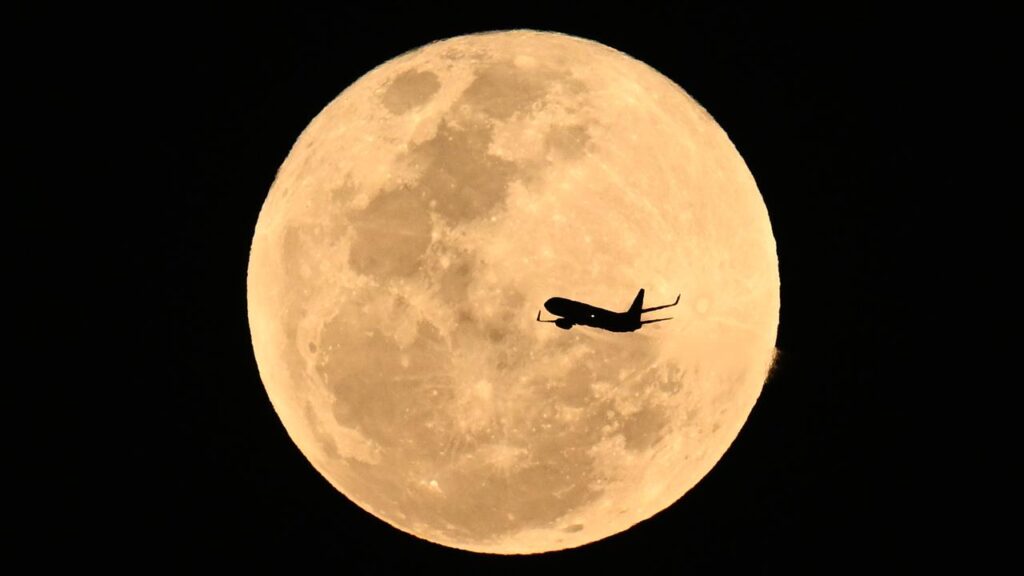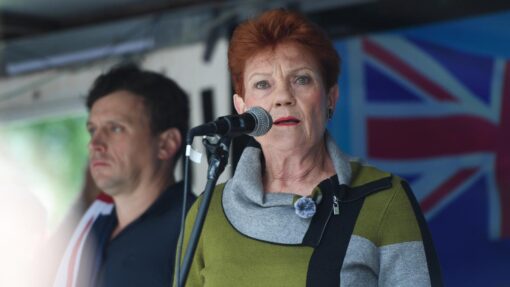Aussie researchers look to space to help on earth
Jennifer Dudley-Nicholson |

Australian aerospace projects are expected to be boosted with the launch of an institute dedicated to turning local research into out-of-this-world commercial operations.
And rather than focus on impacts high above our heads, the organisation promises to deliver the biggest changes on earth.
Federal Science Minister Tim Ayres launched the Australasian Space Innovation Institute on Tuesday at a Sydney event held as part of the International Astronautical Congress.

The announcement comes less than a year before Australia’s SmartSat Co-operative Research Centre closes and as the nation strives to reach its target of creating a $12 billion space industry by 2030.
The institute will replace the centre as the co-ordinating body for Australia’s space industry research and connect universities and government agencies with commercial operations.
Australian researchers needed an advocate in the field, incoming chief executive Andy Koronios said, as many breakthroughs and innovations created in the country were ultimately exported and commercialised by foreign firms.
“For too long we have seen some of the more advanced technologies and industries go overseas and I believe this is a step in the right direction to build some sovereign capability for our nation and for our region,” he told AAP.
“We buy everything from overseas yet we do have the capability to actually play our role and develop some of those technologies.”
In addition to expanding its focus from Australia to the entire Indo-Pacific region, Professor Koronios said the institute would investigate what space innovations could achieve on the ground.

Satellite technology, for example, could be used to monitor natural disasters such as bushfires, incursions into nations’ exclusive economic zones, and to assist with agricultural projects.
“We will focus on applications for earth and, of course, in Australia we wish to build productivity,” he said.
“We want to do our part in improving the productivity of our key sectors of the economy: agriculture, mining, logistics and also emergency management, which is a big area that can shift the needle.”
Projects that will be managed by the institute include the Australian Agricultural National Digital Twin program that will help researchers model different scenarios, and digital infrastructure that will combine satellites, AI and other communication technologies to monitor, predict and warn communities about disasters.
The institute will begin its work in January, before the existing co-operative research centre closes in June.
Australia’s space industry is estimated to be worth $8 billion but has a target of reaching $12 billion and creating 20,000 jobs by 2030.
The 76th annual International Astronautical Congress continues in Sydney until Saturday, with speakers from organisations including NASA, Starlab, Lockheed Martin, Airbus and the European Space Agency.
AAP


